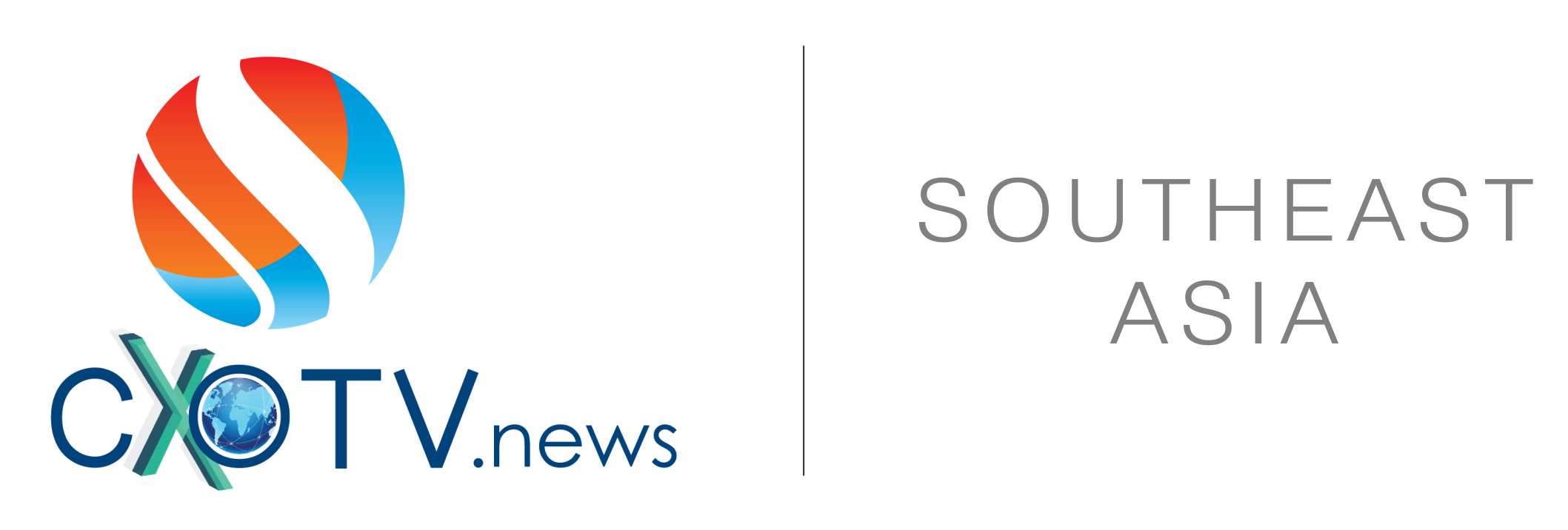Over 4.74 billion people, or 60 percent of the global population, will have access to 5G coverage by 2026. In the same year, 3GPP and LTE will both have a coverage rate of 96 percent as per data acquired by Finbold.
As of June 2021, 1.97 billion people, or 25% of the global population, had access to 5G network coverage. Elsewhere, 3GPP accounts for the biggest share at 95%, while LTE has 86%. In 2023, 2024, and 2025, 5G network coverage is projected to account for 39%, 46%, and 53% of the global population, respectively.
According to the research report, the projected growth of 5G technology is expected to be driven by the network’s new advantages compared to existing systems like 4G. The 5G technology introduces low latency, high speed, while enabling high data-intensive applications to perform efficiently. Therefore, the network offers room for performing high intensive operations while handling a significant number of devices.”
The 5G technology has received much hype globally, considering its use cases go beyond mobile broadband. The technology differs from its predecessors like 4G since it can power the Internet of Things (IoT), playing a key role in self-driving cars, drones, and virtual reality.
However, the adoption might experience a few bumps along the way, like high costs and limited access to various spectrum bands.






















